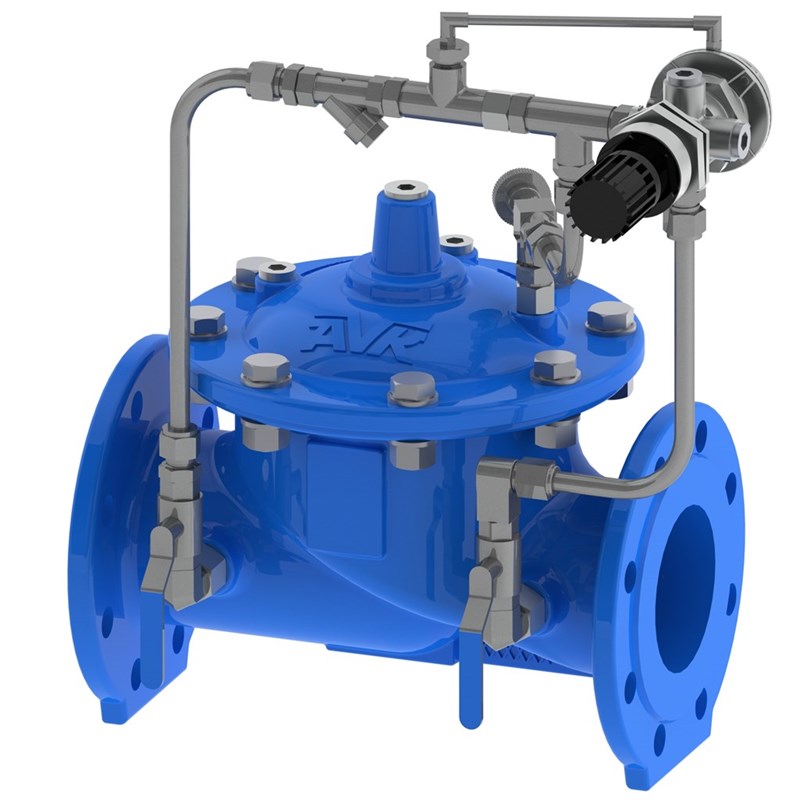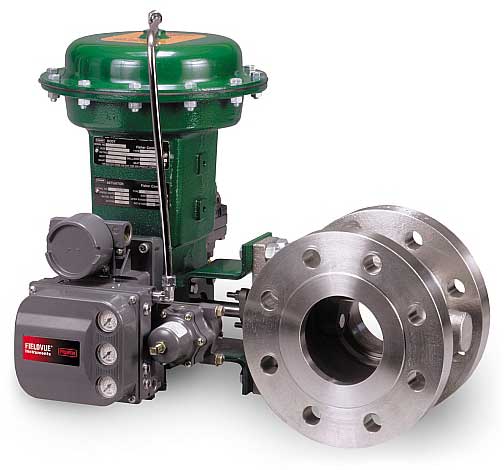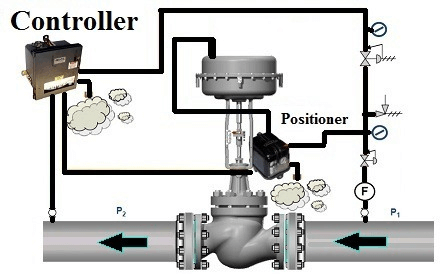
Maximize Energy Financial Savings and Comfort With Advanced Building Automation Controls
In the realm of modern-day design and center administration, the assimilation of advanced building automation controls stands as a critical advancement. By utilizing the power of automation, buildings can adapt, respond, and evolve in means that were as soon as inconceivable.
Energy Performance Perks
Power effectiveness benefits can significantly minimize power usage and operational prices in buildings. By implementing energy-efficient techniques and innovations, structure proprietors and drivers can accomplish substantial savings while also adding to environmental sustainability. One of the key advantages of boosting power efficiency in buildings is the reduction of utility bills. Energy-efficient systems, such as advanced building automation controls, can maximize making use of sources like air conditioning, home heating, and lighting, leading to lower power expenditures with time.
Moreover, improved power performance can extend the lifespan of building equipment and systems. By operating extra efficiently, cooling and heating systems, lighting fixture, and various other building elements experience less deterioration, leading to reduced upkeep and substitute costs. Additionally, energy-efficient structures usually command greater building values and rental prices, providing long-term financial advantages to proprietors.
In addition, energy effectiveness can enhance occupant comfort and efficiency. Appropriately controlled indoor settings with optimum lights and thermal conditions create a more enjoyable and helpful work space, causing enhanced worker contentment and efficiency. Generally, the power effectiveness advantages connected with advanced structure automation controls are complex, encompassing cost savings, environmental stewardship, and passenger well-being.
Enhanced Comfort Control
Enhancing convenience control in building atmospheres needs an innovative assimilation of advanced automation systems for ideal resident wellness. By making use of innovative building automation controls, facilities can tailor the interior environment to meet the certain requirements and choices of occupants. These systems allow accurate regulation of air flow, temperature level, and lighting, creating a comfy and efficient environment. Occupant contentment and efficiency are closely linked to thermal comfort, making it vital to have systems in location that can adapt to altering problems in real-time.
By incorporating these sophisticated controls, structures can not just improve comfort however likewise enhance power efficiency by enhancing system operations based on actual occupancy and usage patterns. Inevitably, prioritizing owner convenience with sophisticated automation systems leads to an extra enjoyable and healthier indoor environment.
Operational Effectiveness Improvements

Furthermore, the execution of real-time monitoring and analytics tools makes it possible for building operators to identify power ineffectiveness and functional abnormalities promptly. By constantly monitoring energy use patterns and system efficiency metrics, adjustments can be made in real-time to enhance power intake and guarantee peak functional performance. control valves. Additionally, integrating need feedback techniques right into building automation controls can further improve functional performance by dynamically adjusting energy use based upon grid conditions and pricing signals
Indoor Climate Optimization
Effective interior environment optimization is a fundamental element of building automation controls, making certain residents' convenience and wellness while maximizing energy financial savings. By utilizing innovative sensors and controls, constructing automation systems can constantly adjust and monitor temperature level, humidity degrees, air quality, and ventilation to develop an optimal interior environment. Keeping comfy and regular conditions not just improves passenger complete satisfaction however also improves productivity and overall wellness.
Indoor climate optimization likewise plays an essential duty in energy performance. By fine-tuning home heating, air flow, and cooling systems based on real-time information and occupancy patterns, constructing automation controls can considerably news reduce power intake - control valves. Implementing approaches such as demand-controlled ventilation and thermal zoning can aid decrease energy waste while ensuring that each area of the structure gets the essential conditioning.

Sustainable Setting Development
Structure automation manages not just optimize indoor climate problems for power effectiveness and passenger comfort however also lay the foundation for creating a sustainable setting via calculated administration of systems and resources. By incorporating sophisticated building automation innovations, such as sensors, actuators, and intelligent software application, facilities can readjust and keep track of energy use in real-time to minimize waste and decrease their carbon footprint. These systems enable anticipating maintenance, identifying possible problems before they rise and enhancing devices performance to boost long life and performance.
Moreover, lasting environment creation extends past energy management to incorporate water conservation, waste reduction, and indoor air top quality improvement. Structure automation controls can control water use, detect leakages, and make sure appropriate waste disposal practices, adding to total sustainability efforts. Additionally, by regulating and keeping an eye on ventilation and filtration systems, these technologies enhance occupant health and wellness and productivity while decreasing power intake connected with HVAC procedures.
Conclusion
To conclude, progressed my website structure automation controls offer significant benefits in terms of energy cost savings, convenience control, functional efficiency, indoor climate optimization, and developing a lasting atmosphere. By executing these controls, structures can attain optimal efficiency while reducing energy intake and improving owner convenience. It is obvious that the usage of innovative automation technology is essential in improving structure efficiency and developing an extra lasting future.
Energy performance benefits can considerably lower power intake and functional prices in structures. On the whole, the power effectiveness advantages linked with innovative building automation controls are multifaceted, encompassing cost financial savings, ecological stewardship, and occupant well-being.
In addition, incorporating need feedback approaches right into building automation controls can even more improve functional performance by dynamically adjusting energy use based on grid problems and prices signals.
Structure automation manages not just maximize interior environment problems for power performance and occupant comfort but likewise lay the structure for creating a lasting environment with strategic administration of sources and systems.In verdict, progressed building automation regulates deal significant benefits in terms of energy cost savings, convenience control, operational effectiveness, interior climate optimization, and producing a lasting atmosphere.
Comments on “Understanding the Relevance of Control Valves in Process Automation”